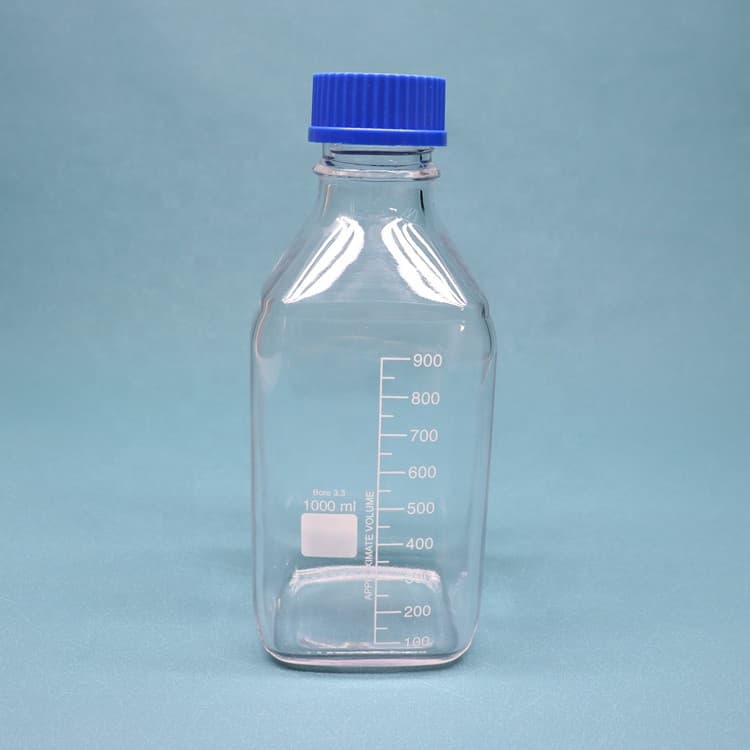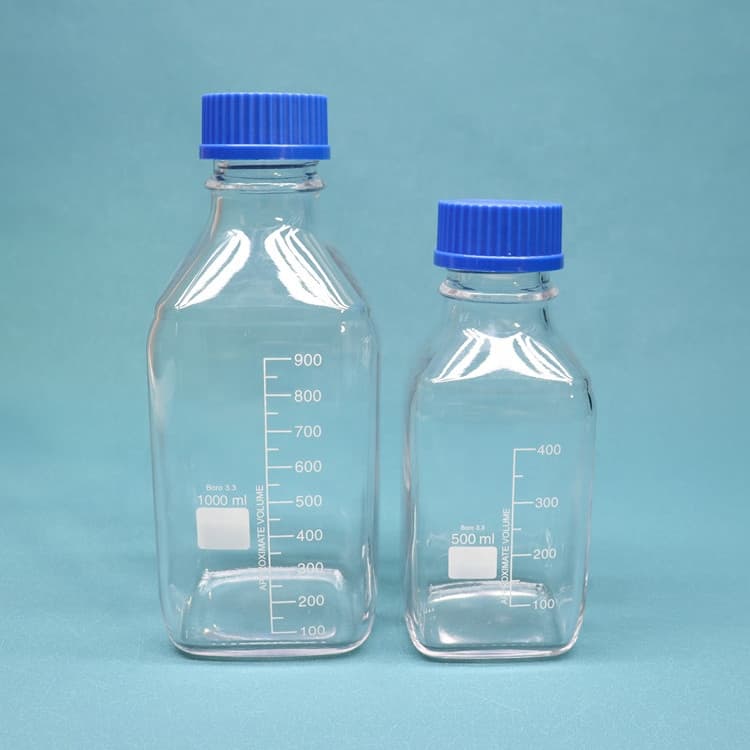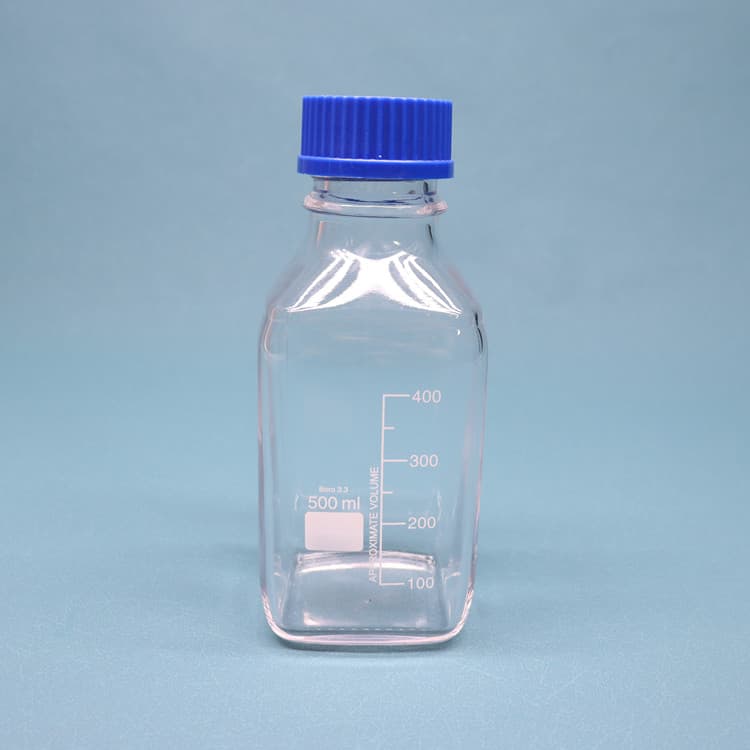



Square bottles of this type derive from Dutch and German molded vessels, which would have been imported after the Dutch East India Company established a
Glass Bottles. Glass bottles are commonly used in laboratories to contain and store liquids like water, reagents, media and solids like laboratory chemical
Manufacturer, Duran Group. category, Other Bottles. type, Laboratory glass bottle. volume / package size, 1 l. diameter of bottle, GL 45
Duran Laboratory Bottles with GL Thread, available with matching Screw Caps and Pouring Rings to 150, GL45, 21 801 29, 21 801 295, 21 806 29, 21 805 29.
A wide range of borosilicate glass 3.3 laboratory bottles in different sizes, with closures, liquid transfer caps and accessories.
Square bottles are easy to handle, take up less space (13-20%) on the shelf or autoclave and are ideal Graduated GL 45 Media Storage Bottles with Caps.
Bottles include a linerless, one-piece autoclavable orange GL45 threaded polypropylene plug seal cap and a drip-free pouring ring. Caution: Square bottles
studies in India on its glass containers such as extraction studies. A dedicated team handles Aspirator Bottles with GL 45 cap and i/c stopcock 1245.
Corning offers a wide variety of glass and plastic screw cap bottles designed to bottles with GL45 threads for use in automated cell culture or assay.
Square bottles are easier to handle, require less space (13-20%) on the shelf or in the autoclave and are 250mL Square Media Bottle, Graduated, GL-45.
Corning Square Polyethylene Terephthalate (PET) Storage Bottles . bottles are designed for safe, secure storage of tissue culture media and sera,.
From scientific research to technical applications, storage & packaging solutions, DWK offers the most comprehensive range of precision labware available.
CLS-1178. LABORATORY BOTTLE SYSTEMS, CLEAR GLASS, YOUTILITY, GL-45, DURAN, MEDIA. *In-Stock. Sale MEDIA BOTTLES, SQUARE, 500mL, PETG, STERILE
ampules are all glass containers that can be India Cord, 230V ... to suspension culture, DWK Life Sciences understands the life.
In the past 90 years, animal cell culture has evolved from a laboratory curiosity into one of the leading tools of biotechnology. During this time the products